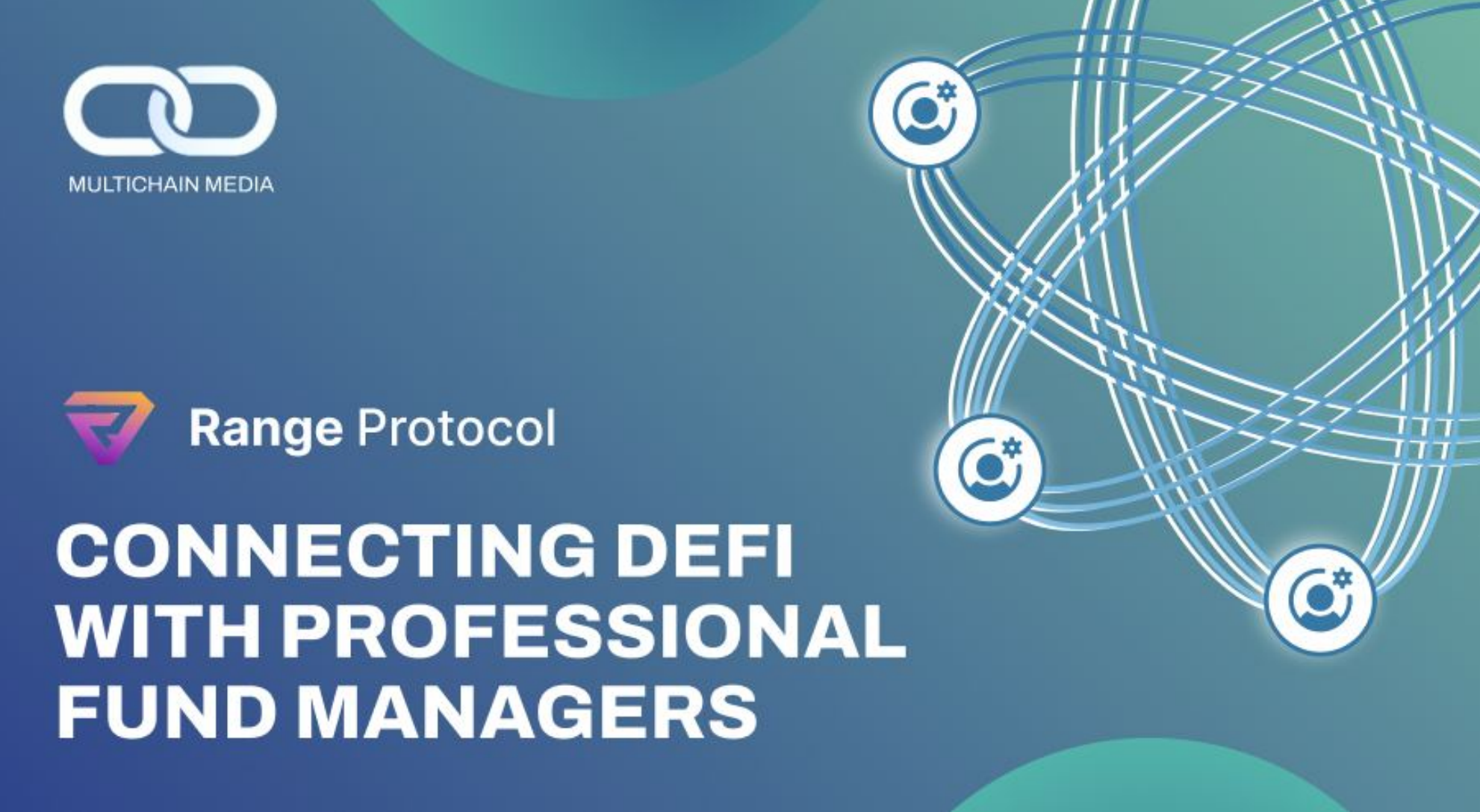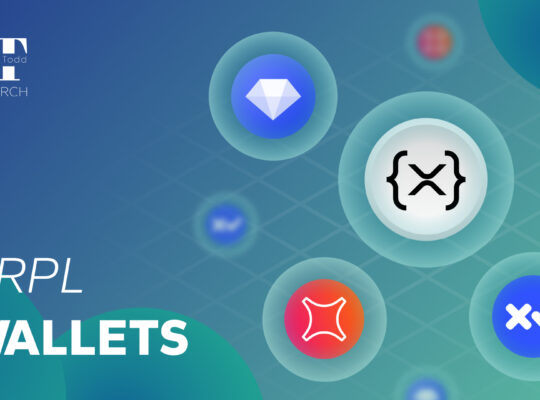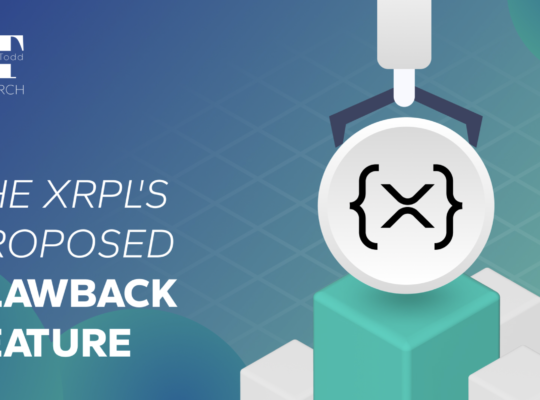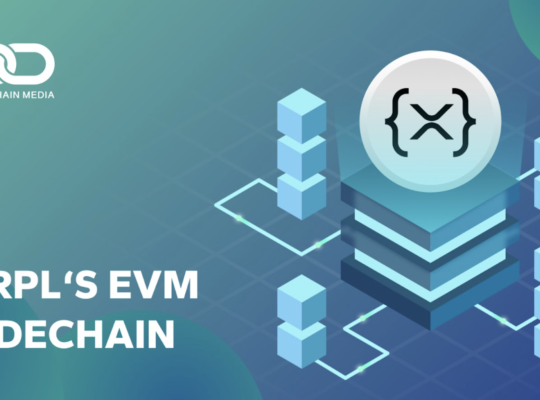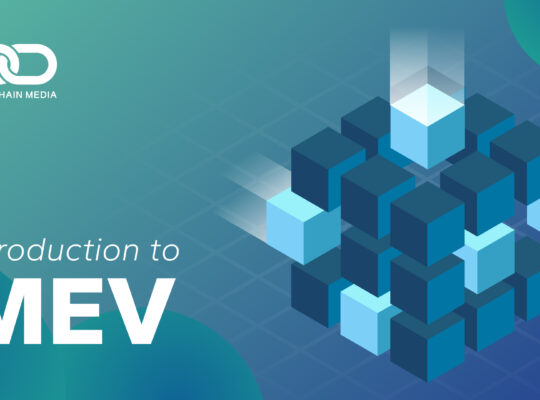The majority of DeFi assets currently lack professional management. This hurts user profits at best and at worst results in outright losses. For example, an ETH Zurich academic paper highlighted that most liquidity providers (LPs) actually lose funds due to impermanent loss, while sophisticated players take home a disproportionate share of profits. The same goes for other areas of DeFi, with January 23rd alone seeing over $200M in liquidated positions.
Range Protocol is a comprehensive asset management platform. They link DeFi users with professional money managers, who use advanced quantitative models to analyze historical data, creating non-custodial vaults for various assets and risk tolerances. This promotes democratized access to systematic trading, with users retaining complete control over their funds. Professional fund managers also benefit, by gaining wider reach, reducing costs, and enhancing returns through strategic leverage and fungible LP tokens (explained below).
This article will examine the current DeFi landscape and its issues, highlighting the efforts protocols have made to augment user yields and their remaining shortcomings. It will further explore how Range addresses these issues by providing access to systematic trading strategies that both DeFi users and professional fund managers benefit from.
The Current Landscape
Financial democratization is core to DeFi, but the industry remains nascent. Current estimates are that there are ~6.5M unique DeFi users, representing only 0.08% of the global population. As the industry matures, the next natural step is for users to be able to access professional and systematic trading strategies that suit their risk profile, while remaining in full control of their funds.
In TradFi, the majority of funds are professionally managed, with institutions such as Blackrock and Fidelity systematically managing funds. Despite charging high expense ratios, they provide clients with a) enhanced research and expertise, b) professional portfolio management, c) efficient execution and trading infrastructure, and d) disciplined risk management. The result is that Blackrock alone has exceeded $10T in assets-under-management.
Similar infrastructure is non-existent in DeFi. In the meantime, certain protocols have taken it upon themselves to improve user return profiles.
For example, the first versions of Uniswap (V1 and V2) had LPs provide liquidity in return for a proportionate share of generated trading fees. Given that assets often tended to trade within certain bandwidths, providing liquidity for the full spectrum of potential trade prices was seen as capitally inefficient. The current version (V3) launched in May 2021 and introduced concentrated liquidity, whereby liquidity is deployed within specific price bandwidths. This increases LP revenue for assets traded within a given bandwidth, but also amplifies risks associated with impermanent loss.
And yet, the average trader has continued to operate at a loss, with most LPs being passive. This means that they provide liquidity within a broad, capital-inefficient range, and do not adjust their position based on a shifting market. The reality is that DeFi is highly volatile, and changing market conditions frequently result in losses due to impermanent loss. For example, providing ETH/USDC liquidity within the $1,500 – $1,800 range is effective as long as ETH trades within that range. An upwards-trending market would mean that impermanent loss will be continuously amplified as an asset’s exposure changes, and any LP not continuously monitoring the markets and rebalancing their position will be left with a loss.
Concentrated liquidity has no doubt been a net positive in the space. But how capital is managed remains inefficient, and despite likely architectural advancements in the coming years, most DeFi traders will continue to lack active trading strategies that are systematic and backed by extensive data.
That’s where Range Protocol comes into play.
A Superior Model: Professionally Managed Vaults
Their bet is that on-chain assets under management (AUM) will grow at an exponential rate until it rivals the share of AUM in traditional finance. Range Protocol is therefore introducing non-custodial vaults centered around off-chain strategies and on-chain execution.
Through Range vaults, users can deploy their assets to strategies that are tailored to their risk appetite, without taking any custodial risk. Vault strategies are managed off-chain, as their trading strategies rely upon vast sums of data that are used as input for financial engineering modeling. These heavy calculations are best suited for off-chain but are executed on-chain in real-time. This means that near-instantaneous adjustments can be made in accordance with changing market conditions or trending markets, as they occur.
These vaults are custom-built for each category of DeFi, including liquidity provisioning on concentrated liquidity AMMs, NFT Finance, liquid staking, and derivative markets like options and perpetual-swaps. Within each category, specific strategies are deployed based on the specific tokens, user risk tolerance, and more. Each of these DeFi categories are already multibillion-dollar industries, and yet remain nascent and lack systematic fund management.
How do their vaults benefit both users and professional fund managers?
Users benefit from:
- Tailored Asset Strategies: Each asset has specific vault strategies that consider factors such as historical data, existing liquidity structures, and cross-chain pricing. Vaults vary in their risk-return profiles. An aggressive wBTC vault might offer higher returns at an increased potential for impermanent loss risk.
- Secure Assets: everything is on-chain in a non-custodial manner, meaning that users have full control over their funds and may withdraw them at any point.
- Full Automation: one-click is all that’s needed.
The result is that the average DeFi user can now access the same systematic strategies used by big players, leveling the playing field. Unlike TradFi, users remain in full control of their funds, pay significantly lower fees, and have full access to DeFi-level yields.
At the same time, professional fund managers benefit from:
- Increased Reach & Returns: fund managers can use their vaults to reach more users, helping them to scale and in turn earn more in fees than they would otherwise. Range also provides automated access to strategies with leverage, optimizing potential returns.
- Increased Efficiency: they abstract away the complexities of dealing with smart contract interactions, liquidity pool management, and so on. Rather than hire costly quantitative developers for on-chain logistics, asset managers can focus solely on their off-chain strategies.
- Fungible LP Tokens: Range is developing strategic partnerships with various borrowing/lending protocols. They will issue fungible LP tokens that fund managers can then deploy as collateral on these platforms, further increasing yield. Without Range, fund managers receive non-fungible LP tokens with limited utility.
In short, Range enhances fund managers’ operations by extending their reach, amplifying returns, and streamlining efficiencies. Managers can in turn focus solely on their off-chain strategies, while they take care of the rest.
First Product: Spot DEX
The first product to be released will be focused on fully automated vaults that enable users to systematically deploy liquidity on concentrated liquidity-based DEXs. These will include Uniswap V3, PancakeSwap V3, and QuickSwap V3 to start, which are each leading DEXs on major blockchain networks.
While future content will dive deeper into their trading strategies, a brief overview below will cover one of their features: a smart active management strategy.
Range optimizes LP yields via the following:
- Optimized Ranges: for each potential asset pair, vault managers do backtests to establish the most profitable pricing bandwidths upon which to provide liquidity. This ensures that liquidity is as capital efficient as possible, increasing returns.
- Intelligent Timing: quantitative models are trained using extensive historical data. They’re prepared to quickly adjust to volatile market conditions or trending markets.
- JIT Liquidity Rebalancing: as pricing bandwidths shift, vault managers can rebalance liquidity in real time in order to maximize yield. Their infrastructure enables liquidity price auctions to minimize incurred rebalancing fees.
JIT liquidity rebalancing in particular is key.
The smart active management strategy adjusts liquidity around changing price ranges. Normally, this rebalancing comes at a cost, to the benefit of arbitrageurs. Range uses auctions to minimize these costs, whereby arbitrage bots and other parties (such as private market makers) bid to provide liquidity, with the most competitive offer accepted. This reduces associated rebalancing costs, with liquidity then redeployed to the new liquidity bandwidth.
As mentioned earlier, the typical LP tends to in fact lose funds due to impermanent loss and slippage incurred during the rebalancing of positions. Concentrated liquidity allows LPs to provide liquidity within a certain range, which enables them to earn more trading fees but also amplifies impermanent loss risk based on how narrow the chosen price range is. For example, ETH might tend to trade between $1,600 – $1,800, so LPs can provide liquidity within this range in order to maximize yield. However, market volatility means that trading bandwidths tend to shift, such as ETH trending up towards $2,000. Passive LPs therefore still tend to lose due to impermanent loss, while active LPs profit.
The result is that LP revenue is maximized while incurred rebalancing fees are minimized.
Their Vision
Range is an all-in-one on-chain asset management platform with the long-term vision of establishing themselves as the upstream in DeFi.
This means that they’ll will sit early in the value chain, providing essential resources or services to other participants such as asset managers. This will allow us to have a broader impact and influence on the development of DeFi by driving both innovation and efficiency. In turn, this will contribute to the growth and maturation of DeFi, helping to shape the industry’s direction.
The team consists of highly skilled financial engineers and Web3 developers with a wealth of experience in digital asset trading. They’re successfully engaged in market-making activities for 200+ projects, facilitating trades totaling more than $20 billion through over-the-counter (OTC) markets. Additionally, they’ve have actively participated as Private Matcher Makers (PMM) and executed Request for Quote (RFQ) mechanisms, with total PMM/RFQ trades surpassing $10 billion.
Stay Connected:
For updates and more information, via the following platforms:

